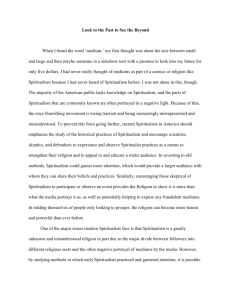Publics and Publishing
advertisement
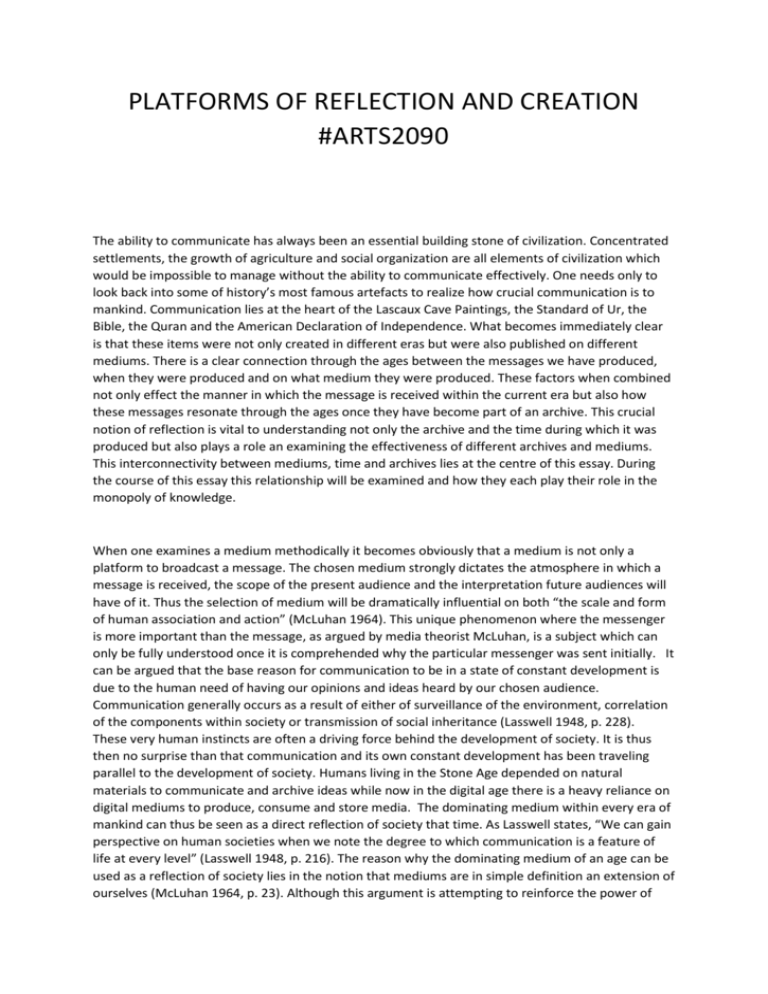
PLATFORMS OF REFLECTION AND CREATION #ARTS2090 The ability to communicate has always been an essential building stone of civilization. Concentrated settlements, the growth of agriculture and social organization are all elements of civilization which would be impossible to manage without the ability to communicate effectively. One needs only to look back into some of history’s most famous artefacts to realize how crucial communication is to mankind. Communication lies at the heart of the Lascaux Cave Paintings, the Standard of Ur, the Bible, the Quran and the American Declaration of Independence. What becomes immediately clear is that these items were not only created in different eras but were also published on different mediums. There is a clear connection through the ages between the messages we have produced, when they were produced and on what medium they were produced. These factors when combined not only effect the manner in which the message is received within the current era but also how these messages resonate through the ages once they have become part of an archive. This crucial notion of reflection is vital to understanding not only the archive and the time during which it was produced but also plays a role an examining the effectiveness of different archives and mediums. This interconnectivity between mediums, time and archives lies at the centre of this essay. During the course of this essay this relationship will be examined and how they each play their role in the monopoly of knowledge. When one examines a medium methodically it becomes obviously that a medium is not only a platform to broadcast a message. The chosen medium strongly dictates the atmosphere in which a message is received, the scope of the present audience and the interpretation future audiences will have of it. Thus the selection of medium will be dramatically influential on both “the scale and form of human association and action” (McLuhan 1964). This unique phenomenon where the messenger is more important than the message, as argued by media theorist McLuhan, is a subject which can only be fully understood once it is comprehended why the particular messenger was sent initially. It can be argued that the base reason for communication to be in a state of constant development is due to the human need of having our opinions and ideas heard by our chosen audience. Communication generally occurs as a result of either of surveillance of the environment, correlation of the components within society or transmission of social inheritance (Lasswell 1948, p. 228). These very human instincts are often a driving force behind the development of society. It is thus then no surprise than that communication and its own constant development has been traveling parallel to the development of society. Humans living in the Stone Age depended on natural materials to communicate and archive ideas while now in the digital age there is a heavy reliance on digital mediums to produce, consume and store media. The dominating medium within every era of mankind can thus be seen as a direct reflection of society that time. As Lasswell states, “We can gain perspective on human societies when we note the degree to which communication is a feature of life at every level” (Lasswell 1948, p. 216). The reason why the dominating medium of an age can be used as a reflection of society lies in the notion that mediums are in simple definition an extension of ourselves (McLuhan 1964, p. 23). Although this argument is attempting to reinforce the power of mediums within society it must be noted that mediums will always remain a subject under the field of media in general. This however, does not undermine the importance of mediums but in fact reflects how central mediums are to understanding the role of media within society. It has often been argued that the main role of the media is to reflect society to itsel. If mediums are a direct extension of society as argued by McLuhan does this not mean that mediums are indefinitely a reflection of society also? All mediums have different and unique attributes which allows them to have different effects upon society. These effects are wide in scope and range from the spreading of ideas, cultural significance to the assistance or challenging of authority. Due to its fame, the Lascaux Cave Paintings are a prime example as to demonstrate the effects of our choice of medium and thus also archive. The Lascaux Cave Painting are a series of cave paintings dating back 17000 years to the Palaeolithic Age and gives us a rare glimpse into an ancient society. The caves are full of illustrations of how the Palaeolithic community who once lived there partook in hunting expeditions and ritual ceremonies. The paintings are very realistic given the tools available to the artists and provides a rare glimpse into their world. Because of the ability to participate in hindsight and extract information these cave paintings are by all means classified as an archive, “that is, bringing data out of their latent presence and into concrete manifestation” (Assman 2011, p. 149). It is clear that these paintings were designed with a purpose, to tell a story of these ancient people. Although these images do not have a verbal aspect in modern times they definitely tell a nonverbal message to any audience. By analysing this archive one is able to gather information about the socio-environment of that time. The audience most noticeably sees the wildlife of the period and the hunting and spiritual rituals. The paintings despite being so old are still in fine condition and the images allow us to view them in a near original condition. These attributes are mostly because of the choice of medium. Had the artists used papyrus or wooden sheets the images would in all likelihood no longer be available to us. The interaction we have with these images are a direct result of choosing to use mineral pigments on rock as method of publishing. These images were mostly likely created as a celebration of hunting expeditions or simply as way of passing stories and legends down to future generations. This theme of remembrance or sentimentality is one which is reoccurring in the need for archives. “To bring history back into consciousness, into memory, into the memories of ordinary people, and so that’s how he began to concentrate on symbols and monuments, in other words of those forms in which history was actually present in people’s minds and maybe still is”, states Assman (Assman 2011, p. 134). The ways in which we are capable of consuming the images has already been discussed, these ways should be seen as attributes of the chosen medium. However, if a fair and accurate measurement of a medium is to be achieved one must also consider the weaknesses and limitations of it. Although the images as previously mentioned are very realistic for 2D images they lack the finer details a 3D would have provided. Over the last half-century the images have also been subject to various natural disturbances which most likely resulted from an increase of visitors to the cave. Thus the survivability of the images have been brought into serious question. The biggest shortcoming of these images is the complete lack of written language or audio component. As a direct result of the absence of these qualities our interpretations of these historic images and their true meaning are nothing more than speculations. Image 1: Lascaux Cave Paintings, sourced from http://worldhistoryforusall.sdsu.edu/images/bigeras/era2/lascaux_cave_painting.jpg Mediums have always been a crucial part of art in cultural terms, yet over the past 500 years the global community has witnessed a series of political reformations, revolutions and transformations. Mediums have often played a crucial role in these political campaigns. One needs only to look at the political posters stuck to street lights during election season to realize that mediums are now a crucial role within politics. Mediums not only serve as platform to support a particular political ideology but can also be used to challenge authority and possibly result in a revolution. The Arab Spring which occurred between 2011 and 2014 is a prime example of how mediums allowed the public to challenge authority. The political uprisings in Egypt, Libya, Tunisia, Syria and Iran expressed a form of media to the world which was only made possible through particular mediums. The rise of participative media occurred simultaneously with that of the digital age. The digital age in turn saw the invention of mediums like mobile phones and laptops which then eventually to the dramatic rise of social media. Participative and social media are two different kinds of media which yet cannot survive without the other’s existence as both pave the way for the other’s success. Participative media can be defined as, media where the audience can play an active role in the process of collecting, reporting, analyzing and disseminating content. Through social media platforms citizens from around the globe were able to play an active role within the production of media and ultimately the challenging of authority itself. This particular medium allowed users to freely produce and consume media while bypassing political censorship. Videos and images of government brutality rapidly made their way through the global community via these electronic networks. These new mediums suddenly allowed everyone who had access to the internet to become public journalists. While challenging authority with this new form of media it also allowed active participants to empower themselves enough to promote democracy. The opportunities provided by participatory media are truly endless, “all online participatory media platforms – be they private or not-for-profit – is that pervasive, accessible and instantaneous communication equals better democratic action, understood here in a broad sense as greater possibilities for anybody to participate in and challenge the production of a shared social world and cultural horizon” (Langlois 2011, p. 2). There are two key words in this phrase which demonstrates how these new media mediums further more improve our range of archives, “accessible” and “shared”. By this we see another great advantage of these new mediums, archives can be accessed and shared by any citizen who has access to the internet. Image 2: Man uses social during Arab Spring, sourced from http://images.fastcompany.com/upload/twitterrev.jpg Mediums have been around since the very beginning of communication and have walked a developmental path alongside that civilization’s own. As our communication skills continue to grow so mediums will need to keep up. Not only to serve as platform to produce media with but to act as an archive so that today’s information may be stored for access in the future. They will continue to serve as a representative symbol of our civilization, with each coming era producing a more complex one than previous. References Cooper, S. (2006). Watching the watchdog. Spokane, Wash.: Marquette Books. Jenkins, H. (2009). Confronting the challenges of participatory culture. Cambridge, MA: The MIT Press. Langlios, G. (2011). Meaning, semiotechnologies and participatory media. Culture Machine, [online] 12(1). Available at: http://www.culturemachine.net/index.php/cm/article/viewdownloadinterstitial/437/467 [Accessed 04 Nov. 2014]. Social media, protest cultures and political subjectivities of the Arab spring. (2014). Media, Culture & Society, [online] 36(1), pp.1-13. Available at: http://eprints.bbk.ac.uk/9181/1/Markham%20Social%20Media%20and%20Protest%20Cultures.pdf [Accessed 04 Nov. 2014]. Assmann, A. (2013). Cultural memory and Western civilization. New York: Cambridge University Press. Images.fastcompany.com, (2014). [online] Available at: http://images.fastcompany.com/upload/twitterrev.jpg [Accessed 5 Nov. 2014]. Lasswell, H. (2007). The structure and function of communication in society. The Communication of Ideas, 1(1). McLuhan, M. and Gordon, T. (2003). Understanding media. Corte Madera, CA: Gingko Press. Worldhistoryforusall.sdsu.edu, (2014). [online] Available at: http://worldhistoryforusall.sdsu.edu/images/bigeras/era2/lascaux_cave_painting.jpg [Accessed 7 Nov. 2014].
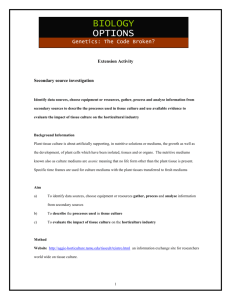
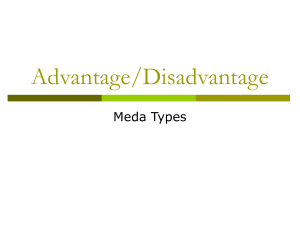


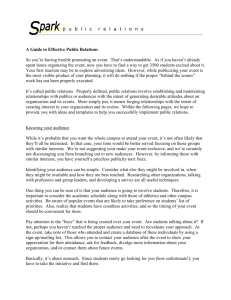

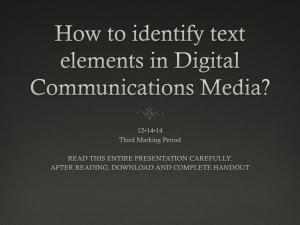
!["Human Origins in Africa" [BB09]](http://s2.studylib.net/store/data/005801692_1-b5b40078f7d5ae773e8789f2ec514d2f-300x300.png)


